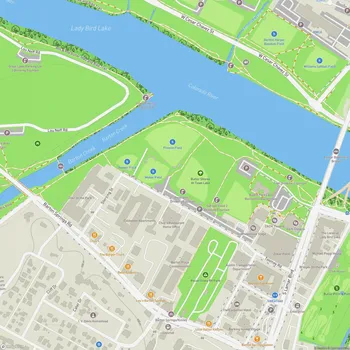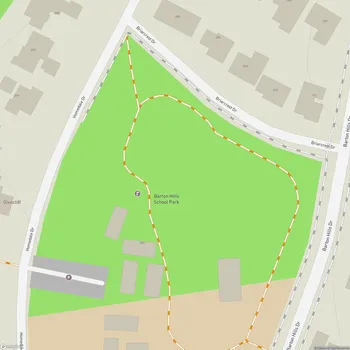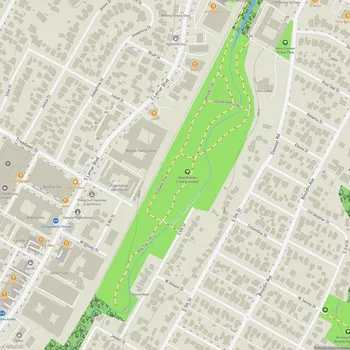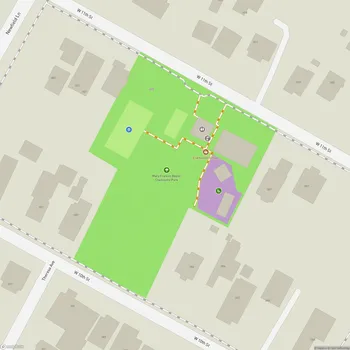Zilker Metropolitan Park
Zilker Metropolitan Park Map
About Zilker Metropolitan Park in Austin
Zilker Metropolitan Park is a 351-acre urban oasis located in the heart of Austin, Texas. Established in 1917, it is Austin's oldest metropolitan park and is often referred to as the "crown jewel" of the city's park system. The park is situated at the juncture of Barton Creek and Lady Bird Lake, offering visitors a diverse landscape that includes woodlands, meadows, and riparian areas.
The park's history dates back to the early 20th century when Andrew Jackson Zilker, a prominent Austin businessman, donated the land to the city in a series of gifts between 1917 and 1934. Since then, it has evolved into a multifaceted recreational space that serves both local residents and tourists alike.
Zilker Park features a variety of natural and man-made attractions. One of its most popular features is Barton Springs Pool, a natural spring-fed swimming pool that maintains a constant temperature of about 68 degrees Fahrenheit year-round. The park is also home to the Zilker Botanical Garden, which showcases a diverse collection of native and exotic plants across 26 acres of themed gardens.
The park serves as a hub for outdoor activities and cultural events. Its expansive lawns and sports fields accommodate various recreational pursuits, while the Zilker Hillside Theater hosts free performances, including the popular "Shakespeare in the Park" series and summer musicals. The park is also the venue for major Austin events such as the Austin City Limits Music Festival and the Trail of Lights holiday celebration.
Educational facilities within the park include the Austin Nature and Science Center, which offers hands-on exhibits and programs focused on the natural world. The Umlauf Sculpture Garden, located adjacent to the park, displays works by American sculptor Charles Umlauf and other artists.
Zilker Park's ecosystem supports a rich variety of flora and fauna, with over 600 species of plants and animals calling the park home. This biodiversity, combined with the park's recreational offerings, makes it a significant contributor to Austin's reputation as a city that values outdoor spaces and natural beauty.




